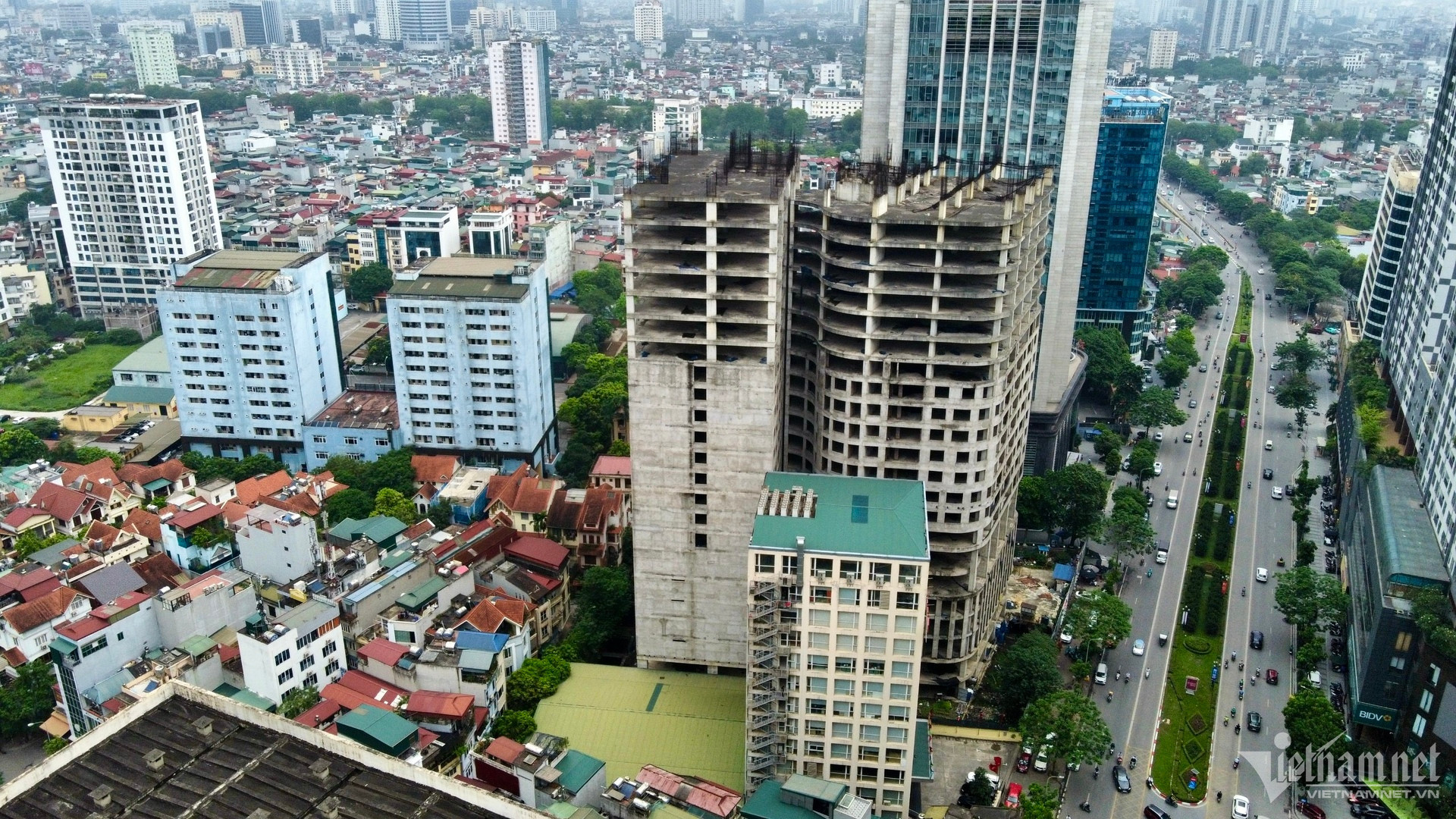
VARS has cited statistics released by the General Statistics Office (GSO) that reports significant changes in the marriage and birth rates in Vietnam over the last 30 years. The average age of marriage has increased and the marriage rate has declined, leading to a 50 percent decrease in the birth rate.
The late marriage and low birth rates were attributed to couples’ financial problems. According to VARS, housing prices have been escalating steadily, leading to increased housing rent, putting financial pressure on young couples.
Many of them think they have to buy housing before they get married. They try to work hard to have enough money while missing the "golden moments" to get married and have children.
Because of housing prices and money for basic needs, young couples often have only child or delay having children.
HCM City, which has the highest housing prices in the country, has the highest average marriage age and the lowest birth rate. The city’s spatial cost of living index (SCOLI) leads the country.
In 2019, when housing price increases in HCM City slowed down, housing prices in Hanoi began increasing.
VARS reported that apartment prices in the primary market in Hanoi are nearly hitting VND60 million per sq m, very close to HCM City prices. The average marriage age in Hanoi has also increased, and the birth rate has dropped.
The association believes that measures to encourage couples to get married before the age of 30 and to have children are still too "vague" and are not bringing the desired effects.
The association has suggested that it would be better to encourage young couples to have children at an earlier age by allowing families with at least two children to buy social housing at preferential rates.
However, measures are needed to encourage realtors to develop social housing. At present, because of limited land and complicated administrative procedures, costs for housing projects are high, and realtors prefer developing high-end rather than mid-end or social housing projects.
Linh Trang